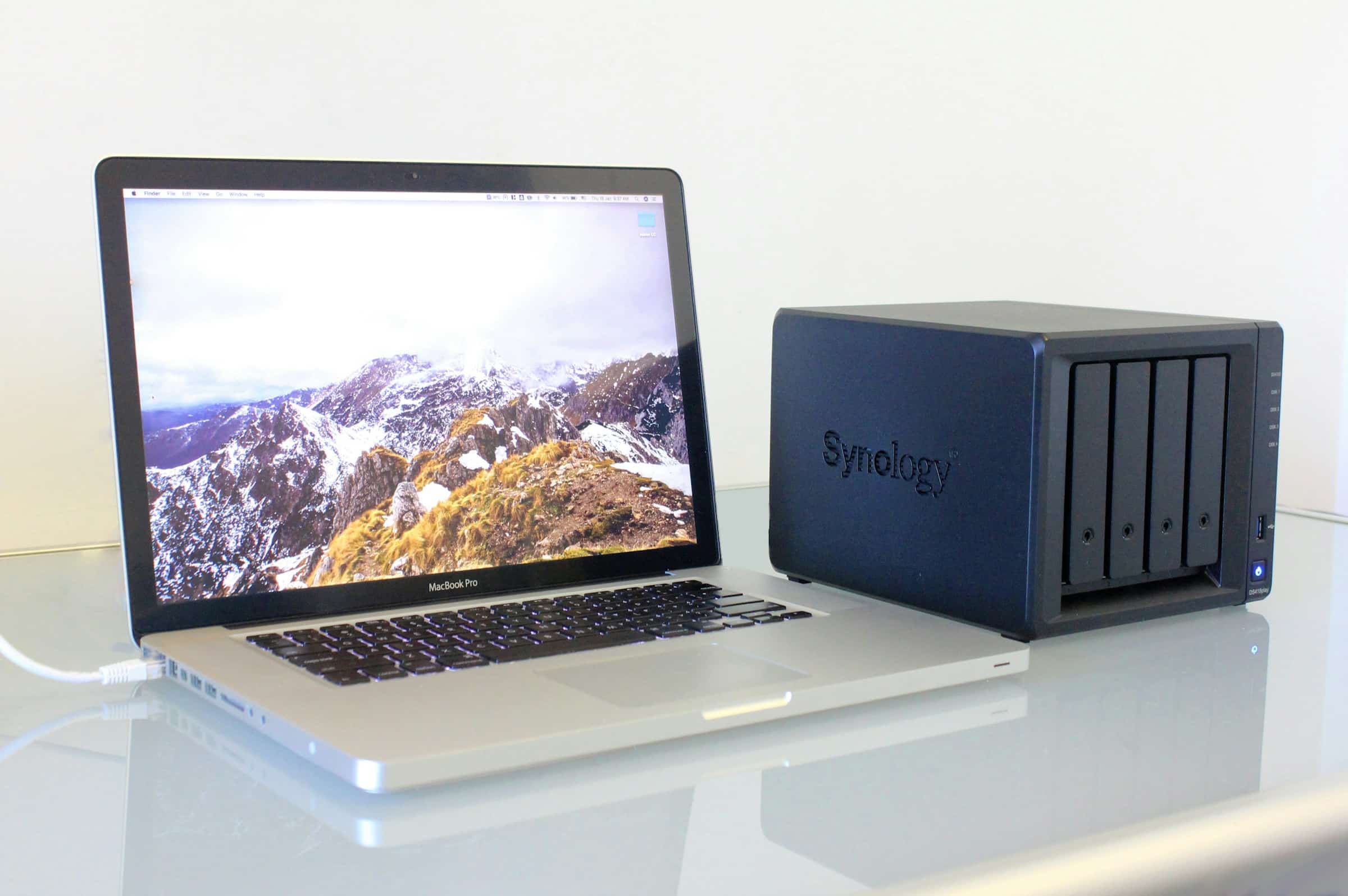
What are the steps to configure an HP EliteBook for dual-monitor setup using a USB-C docking station?
In today's fast-paced world, professionals increasingly depend on dual monitors to amplify productivity. One effective solution is using a USB-C docking station. This article will guide you through the steps to configure your HP EliteBook for a dual-monitor setup with a USB-C docking station. This guide is especially useful for those who want to seamlessly connect multiple devices and manage their workspace more efficiently.
Understanding the Components: Docking Station, Cables, and Ports
Before diving into the setup process, it's crucial to comprehend the components you'll be working with. A USB-C docking station serves as a hub, allowing you to connect various peripherals such as monitors, keyboards, mice, and other devices to your laptop through a single USB-C port. This setup reduces clutter and maximizes efficiency.
Lire également : How do you set up an energy-efficient home server using a Beelink U57 Mini PC?
A docking station typically includes multiple ports: USB ports, HDMI, DisplayPort, and sometimes Thunderbolt ports. These ports enable the connection of additional monitors and other devices. An essential factor to consider is the type and number of ports available on your docking station to ensure compatibility with your monitors and other peripherals.
Cables play a vital role in this setup. Depending on your docking station and monitors, you might need HDMI cables, DisplayPort cables, or USB-C cables. Ensure that both your monitors and docking station support the required cable types.
Lire également : What are the recommended settings for configuring a Netgear Orbi system for maximum throughput?
By understanding the components, you can better prepare for the configuration process and avoid potential pitfalls. The right dock and cables can make all the difference in achieving a smooth and efficient dual-monitor setup.
Preparing Your Workspace and Connecting the Docking Station
Successfully setting up dual monitors involves more than just plugging in the hardware. Proper preparation ensures a seamless experience.
- Clear Your Workspace: Begin by organizing your workspace. Remove any unnecessary items to make room for your monitors, docking station, and other peripherals. This will help you manage cables more effectively and maintain a tidy desk.
- Position Your Monitors: Place your monitors in the desired positions. Consider ergonomics to avoid strain on your neck and eyes. Ideally, the top of the monitor should be at or slightly below eye level, and the distance should be about an arm's length away.
- Connect the Docking Station: Plug your HP EliteBook into the USB-C docking station. Ensure that the docking station is powered and that the USB-C port on your laptop is functioning correctly. The docking station will act as the central hub, connecting all your peripherals to the laptop.
- Connect Monitors to the Docking Station: Use the appropriate cables to connect the monitors to the docking station. If your monitors support HDMI, use HDMI cables. If they support DisplayPort, use DisplayPort cables. Some docking stations may also support USB-C connections for monitors. Ensure that the cables are securely connected to both the docking station and the monitors.
- Connect Other Peripherals: Attach any additional peripherals such as a keyboard, mouse, and external storage devices to the docking station. This setup allows you to keep your desk organized and reduces the number of cables connected directly to your laptop.
By carefully preparing your workspace and connecting your devices, you lay the foundation for a successful dual-monitor setup. This preparation helps to ensure that the subsequent steps in the configuration process go smoothly.
Configuring Display Settings in Windows
After physically connecting the monitors and peripherals, the next step is configuring the display settings in Windows to get the most out of your dual-monitor setup. Windows provides a range of options to customize how your displays work together.
- Access Display Settings: On your HP EliteBook, right-click on the desktop and select "Display settings." This will open the Display section of the Settings app.
- Detect Monitors: In the Display settings window, click "Detect" to ensure that Windows recognizes both monitors. If both monitors are not detected, check the cables and connections.
- Identify Monitors: Click "Identify" to display a number on each screen. This helps you understand how Windows has numbered your monitors. You can also drag and drop the numbered boxes to match the physical arrangement of your monitors.
- Choose Display Modes: Under the "Multiple displays" section, you can choose how you want to use the monitors. Options include:
- Duplicate these displays: The same content is shown on both monitors.
- Extend these displays: Each monitor acts as an extension of your desktop, allowing you to have different content on each screen.
- Show only on 1/2: Only one monitor will be used while the other is turned off.
For a dual-monitor setup, "Extend these displays" is typically the best choice as it allows you to maximize screen space.
- Adjust Resolution and Orientation: You can also adjust the resolution and orientation of each monitor. Higher resolutions provide crisper images, while landscape or portrait orientations can be chosen based on your preference and the type of work you do.
- Set Primary Display: Choose which of your monitors will be the primary display. The primary display shows the taskbar and other system notifications. To set a monitor as the primary display, click on the monitor you want to designate and then check the "Make this my main display" box.
By navigating through these settings, you can customize your dual-monitor setup to suit your needs perfectly. This configuration enhances productivity by allowing you to work more efficiently across multiple screens.
Troubleshooting Common Issues
Despite your best efforts, you might encounter some common issues while setting up your dual monitors. Here are some troubleshooting tips to help you resolve these problems.
- Monitors Not Detected: If one or both monitors are not detected, check all cable connections. Ensure that the docking station is connected to a power source. Try disconnecting and reconnecting the USB-C cable. Also, make sure the display drivers on your HP EliteBook are up to date.
- Incorrect Resolution or Scaling: Sometimes the resolution or scaling might not be set correctly. Return to the Display settings in Windows and manually adjust the resolution and scaling options for each monitor. Ensure that the recommended resolution is selected for each monitor.
- Flickering or Blinking Screens: If you experience flickering or blinking screens, it may be due to a loose connection or a faulty cable. Check and secure all connections. If the problem persists, try using a different cable or port on the docking station.
- USB Ports Not Working: If the USB ports on the docking station are not working, ensure that the docking station's drivers are installed and up to date. Check the device manager in Windows to see if there are any issues with the USB drivers.
- No Sound from Monitors: If you are using monitors with built-in speakers and no sound is coming through, ensure that the correct audio output is selected. Right-click the sound icon in the taskbar, choose "Open Sound settings," and select the monitor as the output device.
By addressing these common issues, you can overcome obstacles and enjoy a smooth dual-monitor experience. Troubleshooting helps to ensure that your configuration works as intended and that all connected devices function properly.
Benefits of Using a Dual-Monitor Setup
Using a dual-monitor setup with your HP EliteBook provides several benefits that can enhance productivity and improve the overall work experience.
- Increased Productivity: With more screen real estate, you can multitask more effectively. For example, you can have your email open on one screen while working on a document on the other. This reduces the need to constantly switch between applications.
- Better Organization: Dual monitors allow you to organize your workspace more efficiently. You can dedicate one screen to essential applications and use the other for reference materials, thereby reducing desktop clutter.
- Improved Workflow: For professionals who work with multiple applications simultaneously, such as graphic designers, video editors, and software developers, a dual-monitor setup can significantly streamline the workflow. It provides more space to work without overlapping windows, making tasks easier to manage.
- Enhanced Collaboration: During meetings or presentations, having two screens can be invaluable. You can display the presentation on one screen and take notes or control the meeting on the other. This capability enhances communication and collaboration.
- Ergonomic Benefits: Properly set up dual monitors can provide ergonomic benefits by reducing the need to repeatedly turn your head or strain your eyes. Positioning the monitors at eye level and at a comfortable distance can help reduce physical strain.
By leveraging these benefits, you can create a more efficient and comfortable work environment. Dual monitors can transform the way you work, making everyday tasks more manageable and less time-consuming.
Configuring an HP EliteBook for a dual-monitor setup using a USB-C docking station can significantly elevate your productivity and work efficiency. By understanding the components, preparing your workspace, configuring display settings, troubleshooting common issues, and recognizing the benefits, you can achieve a seamless and functional dual-monitor setup. This configuration not only enhances your work experience but also optimizes your workspace, allowing you to focus on what truly matters. Embrace the power of dual monitors and transform your workflow today.
